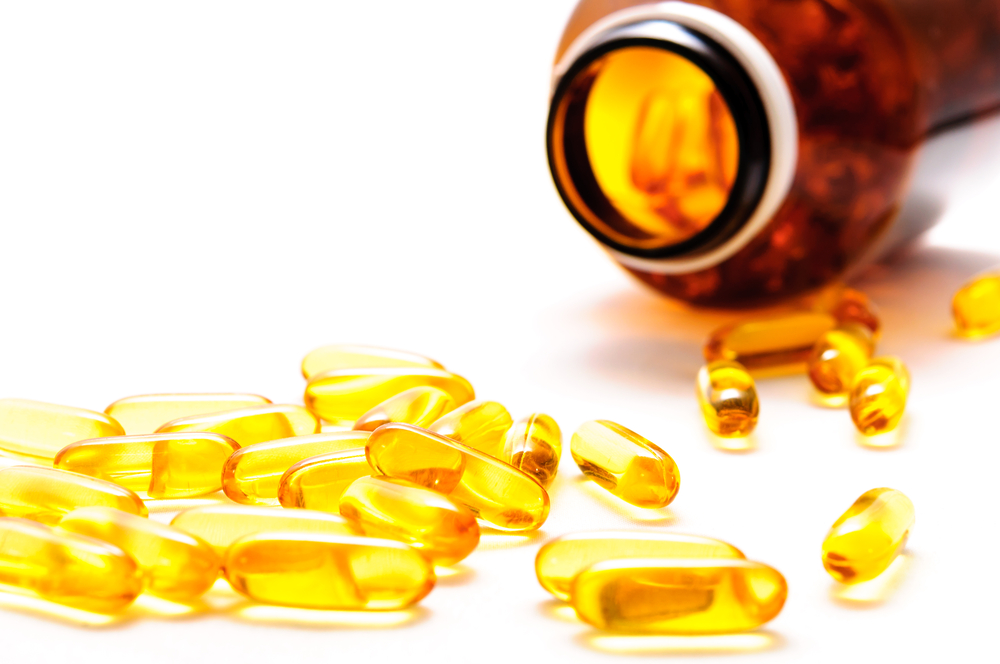Systemic Sclerosis Patients Found to Have Low Vitamin D Levels, Reduced Bone Mineral Density & Total Mineral Content

In a newly published paper in PLOS one journal entitled “Relationship between Body Mass Composition, Bone Mineral Density, Skin Fibrosis and 25(OH) Vitamin D Serum Levels in Systemic Sclerosis,” researchers from University of Foggia in Italy investigated if skin sclerosis (SSc) could influence clinical aspects such as bone mineral density, body mass composition, and Vitamin D levels.
Skin systemic sclerosis is an autoimmune disease characterized by thickening of the skin caused by accumulation of collagen. Injuries to the smallest arteries cause SSc patients to present with scaly, reddish skin and visible blood vessels. They may also experience other symptoms like recurrent itching that can induce scars that worsen as the disease progresses. When large skin surfaces are affected, fat and muscle wastage can weaken limbs and affect appearance. There are two main forms SSc: 1) limited cutaneous scleroderma that affects the skin on the face, hands and feet, and 2) diffuse cutaneous scleroderma, which covers even larger skin areas with and can progress to other organs like the gastrointestinal tract, kidneys, heart, and lungs. There is no known cure for SSc, but the symptoms can be relieved by various anti-inflammatory drugs. At advanced stages, some studies suggest that there could be slight increase of risk of cancer in SSc patients.
The causes of SSc are not fully understood, but factors related to genetic predisposition, exposure to chemical like organic solvents, and treatments with drugs like anticancer therapy bleomycin have been identified as increasing risks for developing the disease. On the other hand, little is known about the expression of various clinical aspects of SSc.
In the present study, researchers evaluated the relationship between bone mineral densities, body mass composition, and vitamin D levels in 64 post-menopausal SSc women patients with limited cutaneous (lcSSc) or diffuse cutaneous (dcSSc) forms of the disease. The clinical evaluation was performed following standard methodology and the results were compared with 35 healthy post-menopausal women. The results suggested that bone mineral density and specific sections of bones called femoral neck and total hip were significantly lower in dcSSc when compared to lcSSc patients. The body composition based on fat and lean mass were similar for dcSSc, lcSSc and controls, but the total mineral content was noticeably lower in dcSSc when compared to lcSSc patients and healthy controls. In addition, the measured levels of vitamin D were found to be very low in dcSSc patients when compared to lcSSc and did not correlate with thickness of the skin.
In conclusion, these findings suggest that skin thickness in SSc patients could be one factor in determining low circulating levels of vitamin D that in turn could play a significant role in the reduction of bone mineral density and total mineral content. The researchers propose that future studies on the effect of vitamin D supplementation in SSc patients could not only confirm the role of vitamin D on bone mineral density and bone metabolism, but also could lead to new discoveries into various clinical aspects of the disease.






